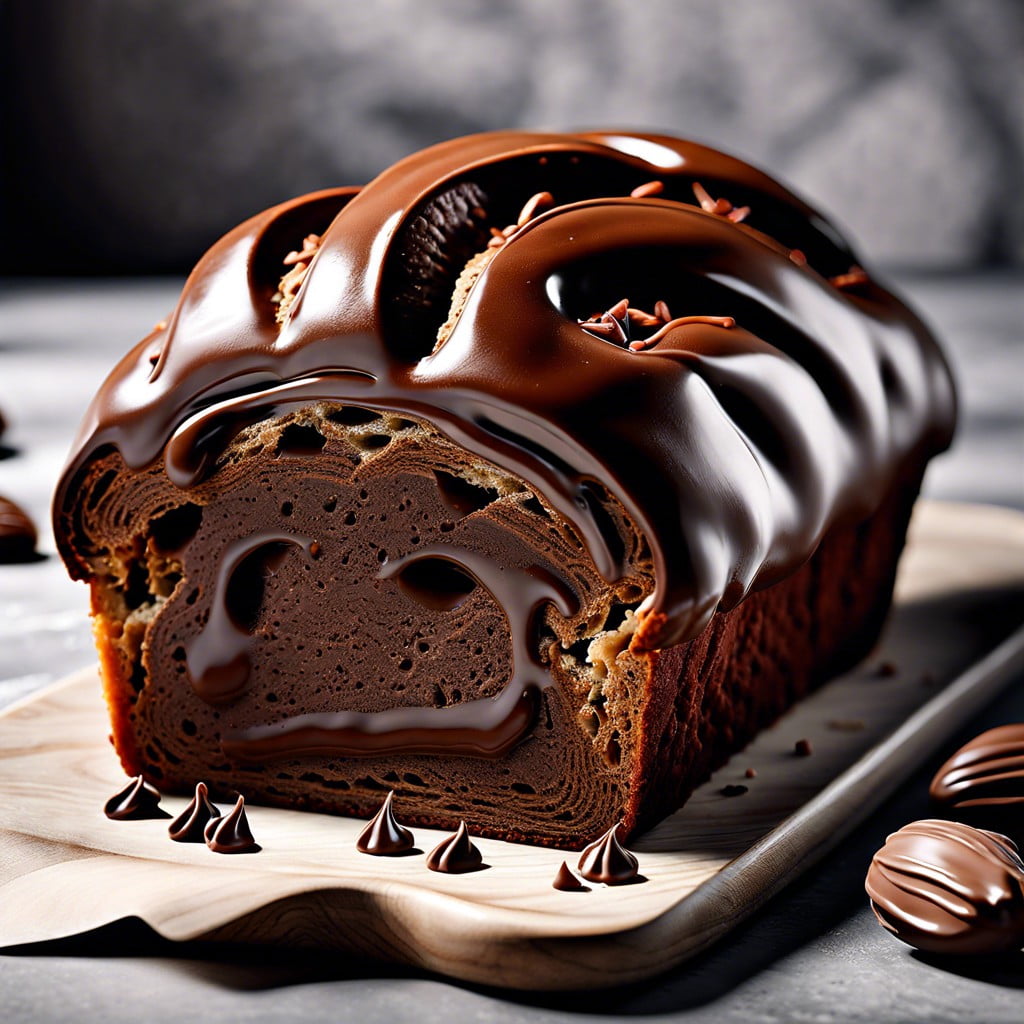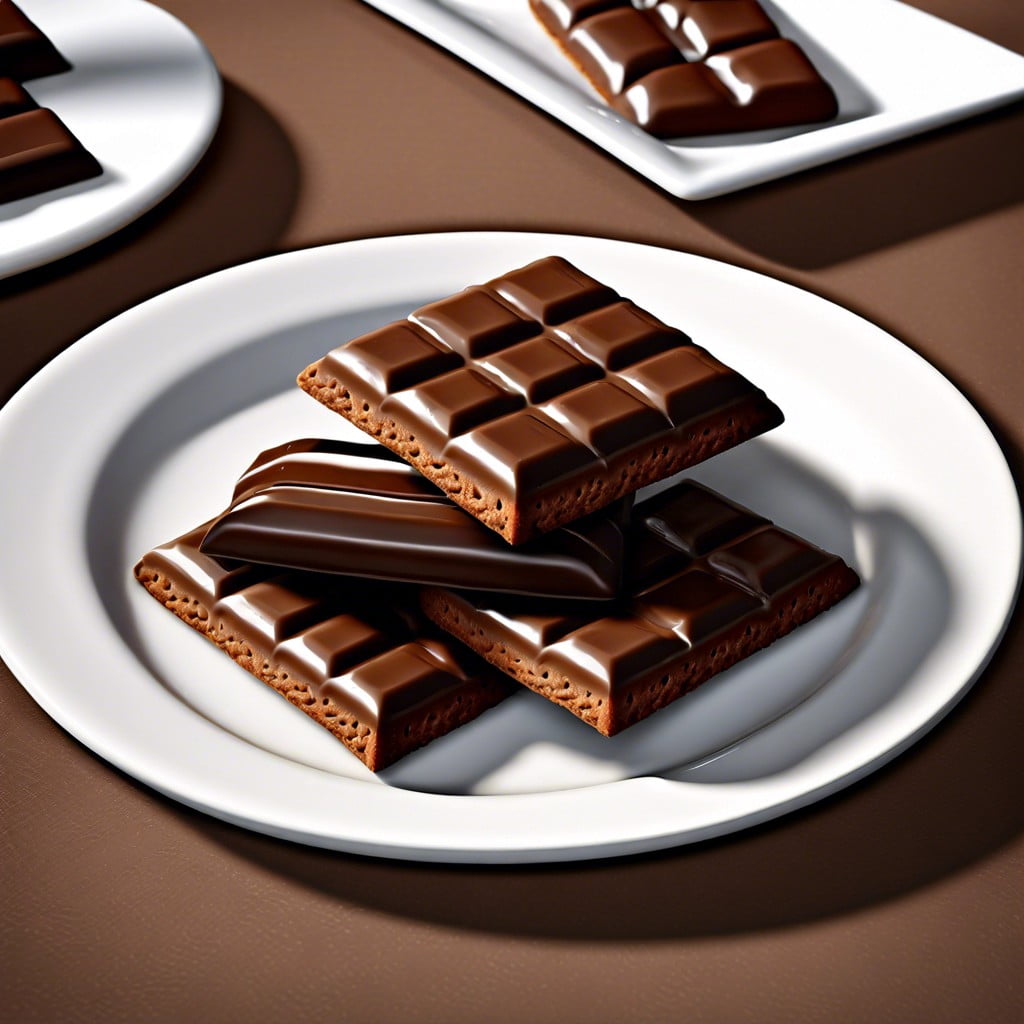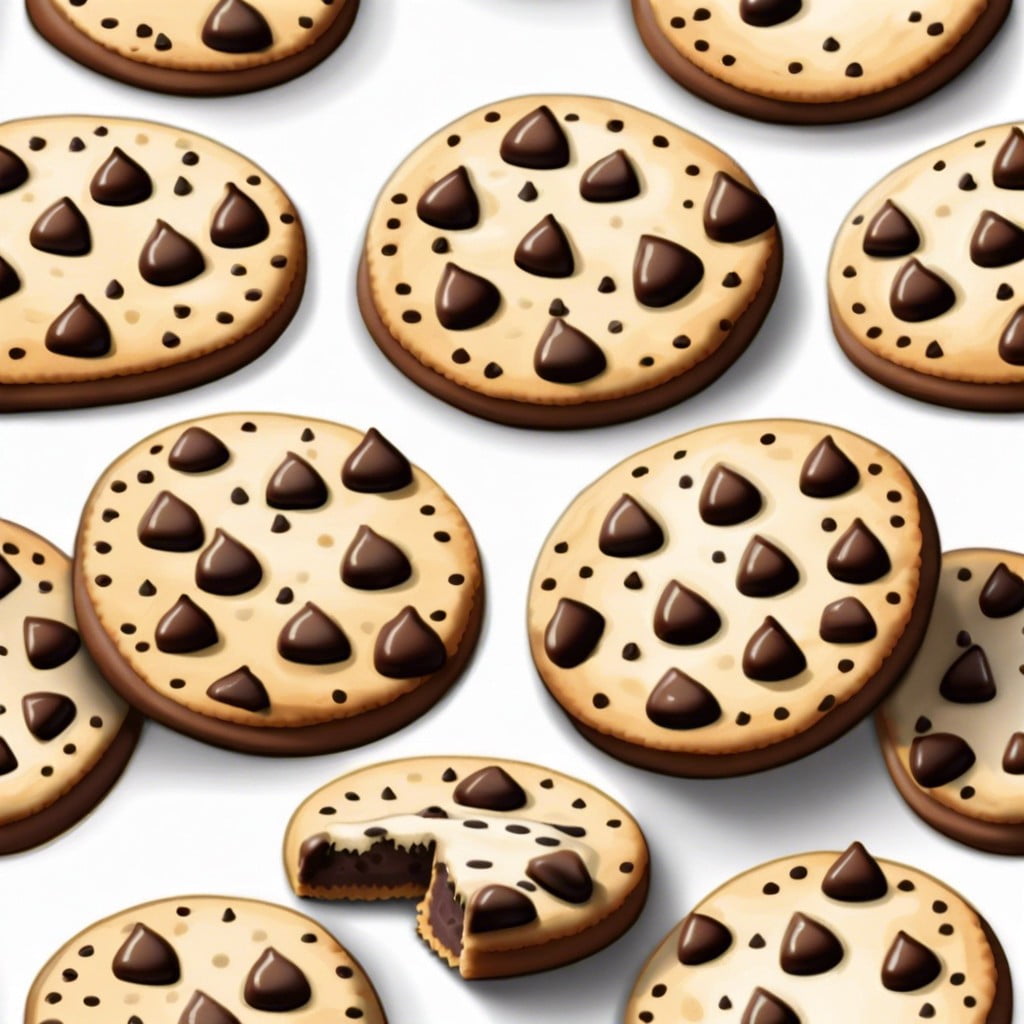Discover the rich history behind the invention of chocolate chip cookies in this comprehensive informational article.
Key takeaways:
- Chocolate chip cookies were invented in 1938 by Ruth Wakefield.
- The original name was “Toll House Chocolate Crunch Cookie.”
- Nestlé struck a deal with Wakefield to gain rights to her recipe.
- Mass production of chocolate chips made baking easier.
- Chocolate chip cookies have cultural significance and symbolize comfort.
Inside
The Invention of the Chocolate Chip Cookie

Ruth Wakefield, co-owner of the Toll House Inn in Whitman, Massachusetts, created the chocolate chip cookie in 1938. Seeking to enhance her butterscotch nut cookie recipe for guests, she added chopped-up bits from a Nestlé semi-sweet chocolate bar, expecting them to melt and disperse through the cookie. Instead, the chunks held their shape, creating a new and distinct confection.
This happy accident led to the creation of one of America’s most beloved cookies, originally named the “Toll House Chocolate Crunch Cookie.” The cookies were an immediate hit, and their popularity quickly spread beyond the local visitors to the inn, setting the stage for the nationwide sensation that ensued.
The Originator – Ruth Wakefield and the Toll House Inn
Ruth Wakefield, the chef and owner of the Toll House Inn in Whitman, Massachusetts, created the chocolate chip cookie in 1938. Her intention was to concoct a new type of cookie to serve to her guests. By chopping up a bar of Nestlé semi-sweet chocolate and adding the chunks to a traditional cookie dough, she hoped the chocolate would melt and evenly disperse through the cookie. However, the chunks held their shape, creating a new texture and taste sensation. The resulting treat quickly became a favorite among her guests, leading to local and soon national acclaim for Wakefield’s delicious creation.
This fortuitous experiment marked the birth of one of America’s most beloved cookies.
A Deal Is Struck With Nestlé
Ruth Wakefield’s ingenious recipe quickly gained popularity, which led to a significant business move. She approached Nestlé and agreed to sell them the rights to her recipe. In exchange, Nestlé supplied her with a lifetime of chocolate, ensuring a steady stream for her cookie creations. This partnership was mutually beneficial. Nestlé began producing scored bars that could be easily broken into small pieces. Eventually, they introduced the now-famous Nestlé Toll House Real Semi-Sweet Chocolate Morsels. This innovation made it easier for bakers everywhere to replicate the beloved chocolate chip cookie without the need for chopping chocolate bars. The collaboration helped to cement the chocolate chip cookie’s place in American baking.
The Evolution of the Chocolate Chip Cookie
Since its inception, the chocolate chip cookie has undergone numerous changes, reflecting broader shifts in culinary tastes and technology. Initially, bakers would manually chop chocolate bars into chunks, a time-consuming process that yielded irregular pieces. This eventually led to the mass production of chocolate chips, specifically designed for baking.
Moreover, the recipe has seen countless variations. For example, some bakers adjust the brown to white sugar ratio for a chewier texture, while others play with the flour composition or add ingredients like oats and nuts for additional complexity. Vegan and gluten-free adaptations have also emerged, accommodating dietary restrictions and preferences.
As kitchen appliances have evolved, so have baking techniques. The use of stand mixers for uniform dough consistency and the invention of silicone baking mats for perfect cookie bottoms demonstrate how technology has influenced the cookie-making process.
Within homes and professional bakeries alike, the chocolate chip cookie has remained a canvas for creativity and innovation, a testament to its enduring place in the hearts of dessert lovers worldwide.
The Cultural Significance of Chocolate Chip Cookies
Chocolate chip cookies have woven themselves into the fabric of American culture, symbolizing home, comfort, and hospitality. These iconic treats are a staple in school lunchboxes, a common sight at office gatherings, and a warm welcome for new neighbors.
They have become so ingrained in tradition that they are often the first baking lesson between parents and children, passing down family recipes through generations. The presence of chocolate chip cookies in popular media, such as books, movies, and television, reflect their status as a symbol of wholesome indulgence.
Moreover, their versatility in size, shape, and additional ingredients allows them to represent both the creativity and individualism valued in society. National Chocolate Chip Cookie Day, celebrated annually on August 4th, further underscores their significance as a cultural touchstone.




